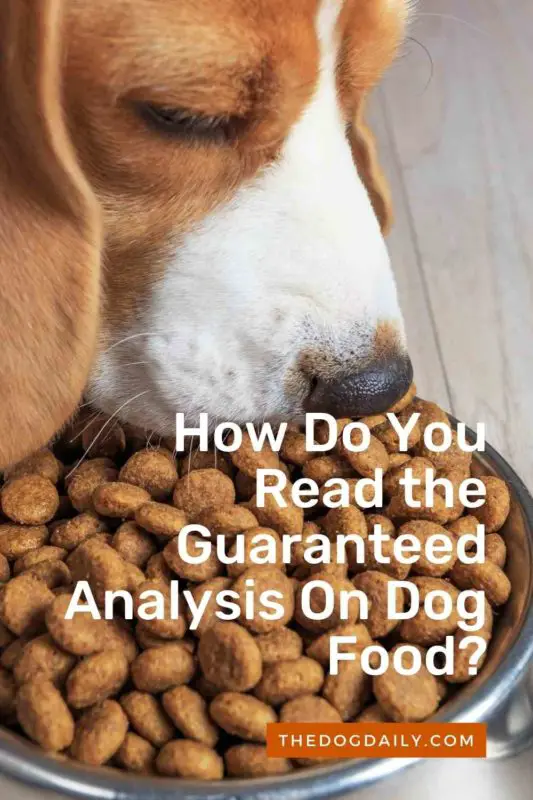Is My Dog Food AAFCO Approved?
Most of us have learned to check the ingredients list on dog food, but there’s another set of information on pet food labels that merits your attention: the guaranteed analysis. Understanding this information, based on the Association of American Feed Control Officials (AAFCO) guidelines, provides you with yet another essential tool in the marketplace.
What Is the Guaranteed Analysis on Pet Food?
“Minimum percentages of crude protein and crude fat, and maximum percentages of crude fiber and moisture must be listed in the guaranteed analysis,” says Dr. Amy Dicke, a technical services veterinarian with Iams. “Pet food manufacturers may guarantee other nutrients as well.”
Here, Dicke and Dr. Katy Nelson, an emergency veterinarian in Alexandria, Va., take you through the guaranteed analysis information on dog food, explaining its many benefits — and its limitations.
What the Guaranteed Analysis Will and Will Not Do
“Guarantees indicate the nutrient will be present at no more or no less, depending on the guarantee, throughout the product’s shelf life,” says Dicke.
The Guaranteed Analysis Will:
- Allow you to compare foods
- Indicate the legal minimums of crude protein and crude fat
- Provide the statutory maximums of water and crude fiber contained in the product
- Permit direct comparisons between products with similar water content, such as one dry food versus another dry food or one wet/canned food versus another wet/canned food
The Guaranteed Analysis Will Not:
- Portray the quality of ingredients within a product
- Specify the actual amount of protein, fat, water and fiber in the food
- Permit comparisons between products with different water amounts
As you can see, water levels are a significant consideration. “Canned foods typically contain 7 percent to 78 percent moisture, whereas dry foods contain only 10 percent to 12 percent moisture,” says Dicke. “To make meaningful comparisons of nutrient levels between a canned and dry product, they should be expressed on the same moisture basis.”
Using the Guaranteed Analysis Information
Until your dog eats a portion of food, you cannot tell if the meal will be a taste bud pleaser. By reading pet food labels at the store, however, you can make predictions about a product’s quality and nutrient punch. Nelson shares her tips below:
- If your dog is getting older and/or has renal issues, look for a food that has higher moisture content. It will help keep your pet hydrated.
- If your dog suffers from weight issues, diabetes, renal difficulties, diarrhea, or constipation, speak with your veterinarian about desired protein and fiber levels in pet food. You may need to find a diet that is more geared to your particular pet’s needs.
- Beneficial inclusions like omega-3 and omega-6 fatty acids are not required in the guaranteed analysis.
- However, many premium dog food products will ensure minimal levels of these fatty acids to let pet owners know that the nutrients’ health benefits can be expected throughout the products’ shelf life.
- Another inclusion not required in the guaranteed analysis is L-carnitine. However, if your dog is overweight, studies suggest L-carnitine can help the body enhance lean muscle mass by promoting a more efficient manner of utilizing dietary fats.
- Helpful inclusions found in diets, especially for large breeds, senior pets, or overweight pets, are glucosamine and chondroitin. “These are the building blocks of cartilage and can help promote joint health and even keep the healthy cartilage in an already damaged/arthritic joint going strong,” says Nelson.
Article written by Author: Jennifer Viegas

